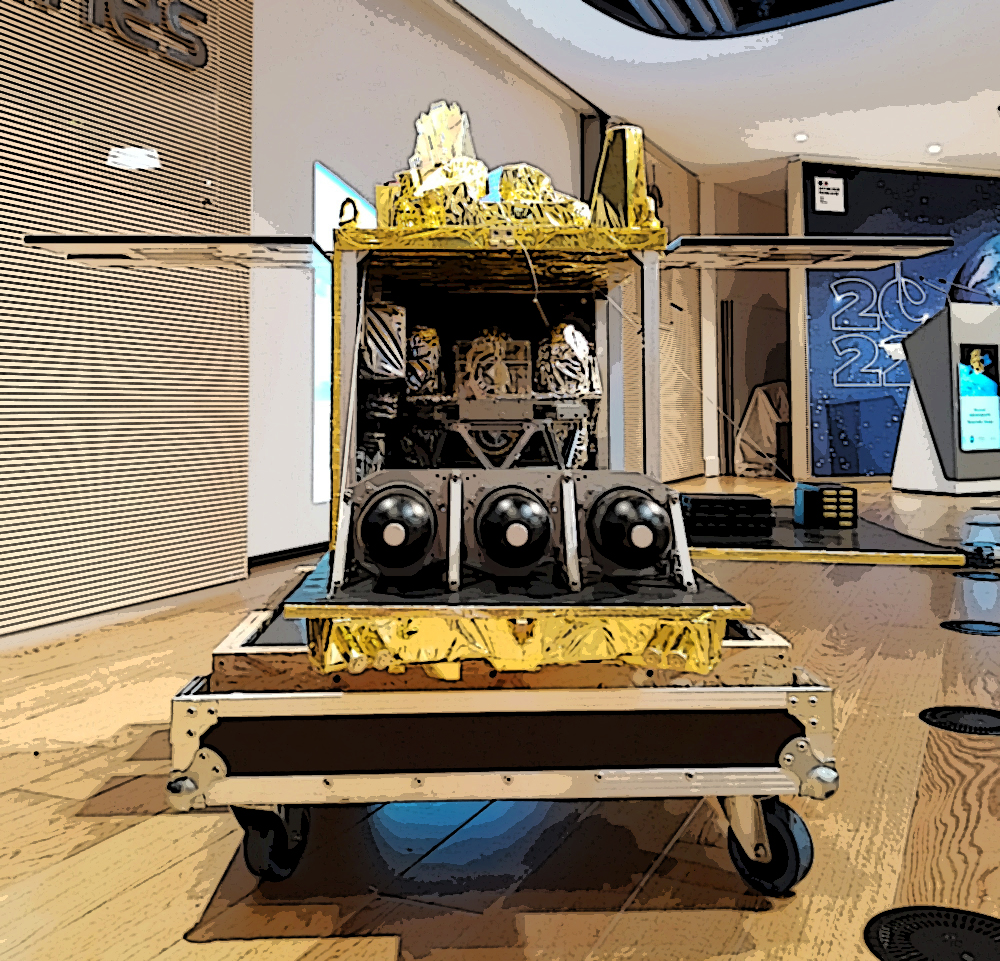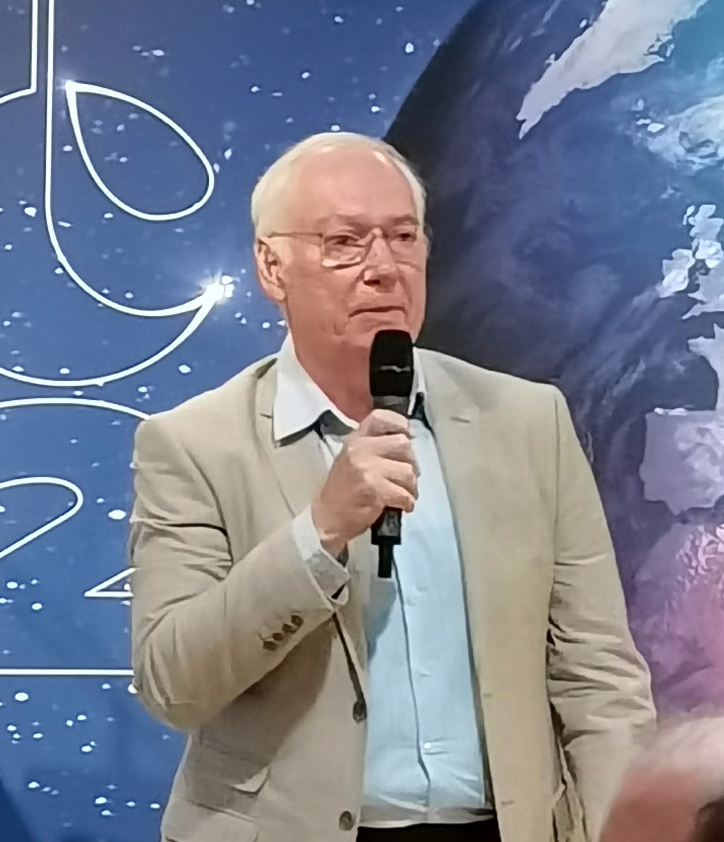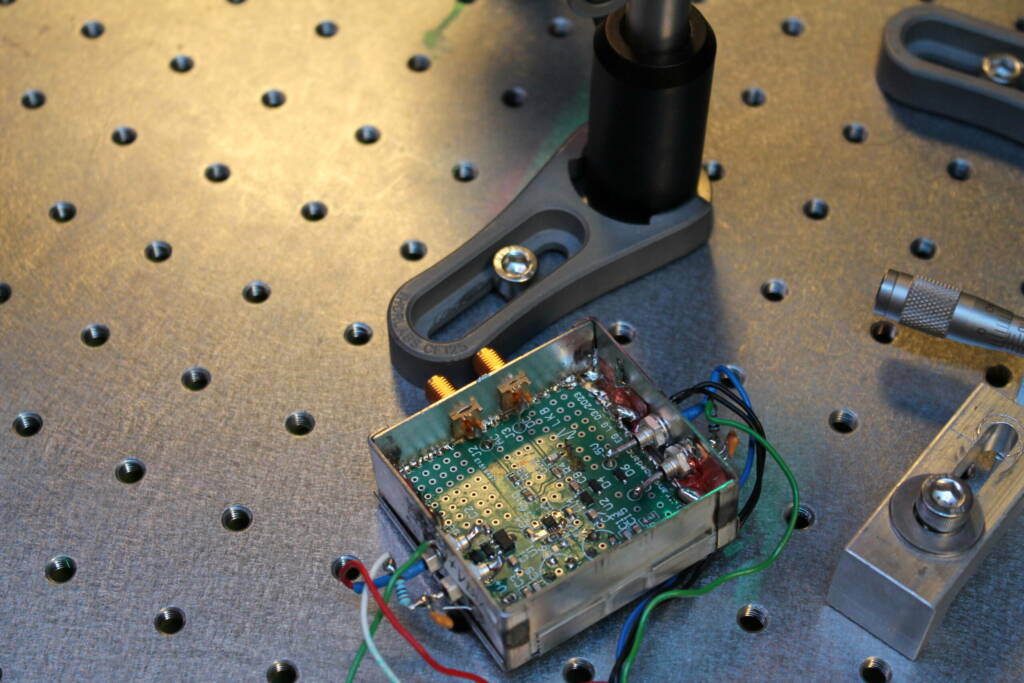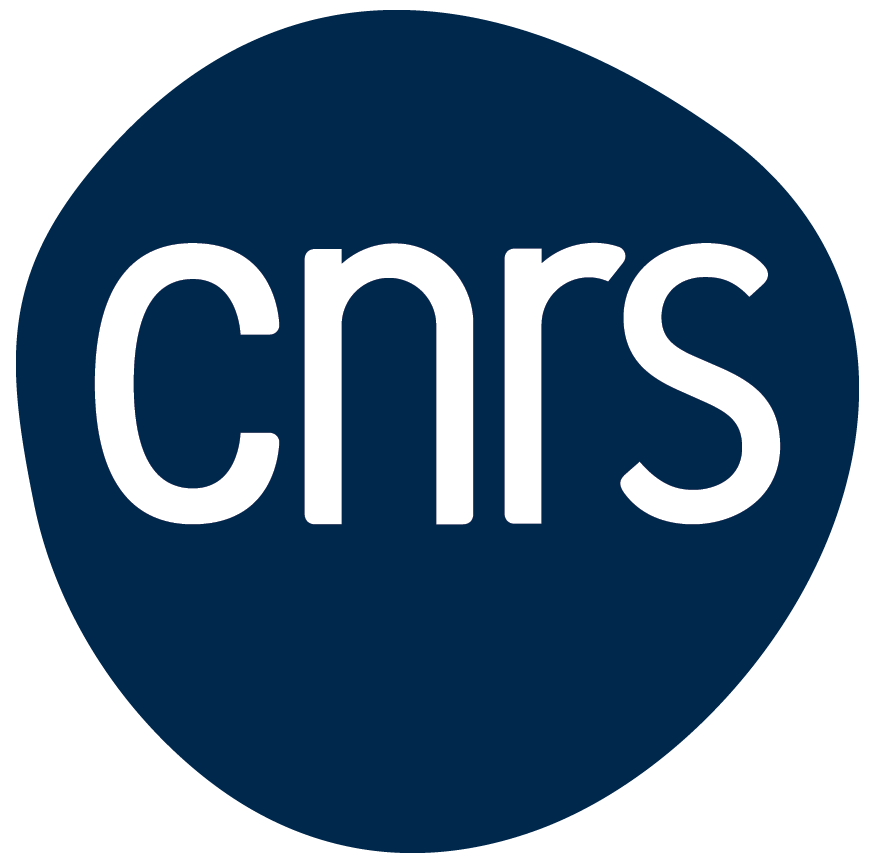The final results of the MICROSCOPE mission reach record precision
The MICROSCOPE mission has just confirmed the principle of equivalence with a record precision of a few 10-15.

The MICROSCOPE mission has just confirmed the principle of equivalence with a record precision of a few 10-15. It thus proves that bodies fall in vacuum with the same acceleration regardless of their composition or their mass, and confirms the principle which is the cornerstone of General Relativity proposed by Albert Einstein more than a century ago.
As General Relativity in its current form is incompatible with quantum field theory, theories have been proposed to unify gravitation and quantum physics. Most of them predict a violation of the principle of equivalence. Testing the principle of equivalence therefore amounts to testing the bases of general relativity, and to improving the constraints on these new theories.
MICROSCOPE is a CNES microsatellite, equipped with ONERA accelerometers. Data analysis was carried out by the Géoazur laboratory (CNRS/OCA/UCA/IRD), ONERA and CNES with the Science working group (SWG : CNRS, IHES, Imperial College, University of Bremen, DLR, University of Delft, IGN). Serge Reynaud, research director at the Kastler Brossel Laboratory, is a member of the SWG.

Press release : CNES– CNRS – OCA – ONERA
Publications
MICROSCOPE Mission: Final Results of the Test of the Equivalence Principle, Pierre Touboul et al. Phys. Rev. Lett. 129, 121102 (2022) https://journals.aps.org/prl/abstract/10.1103/PhysRevLett.129.121102
Special issue in Classical and Quantum Gravity containing 11 papers Pierre Touboul et.al, CQG Volume 39, Number 20 (2022): https://iopscience.iop.org/issue/0264-9381/39/20
Read also
CNRS Recruitment – Join the LKB
External Recruitment for Researchers (M/F)
Nathan Goldman is among the Highly Cited Researchers
Clarivate list



